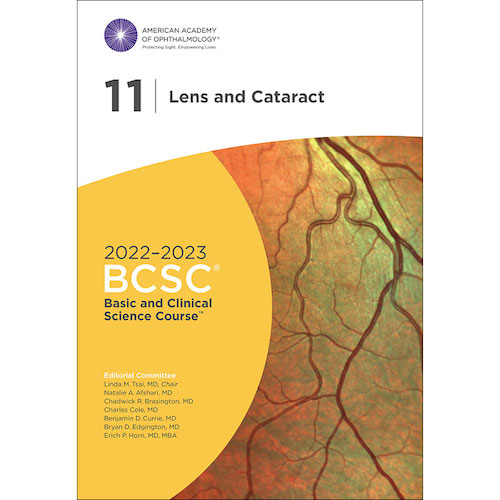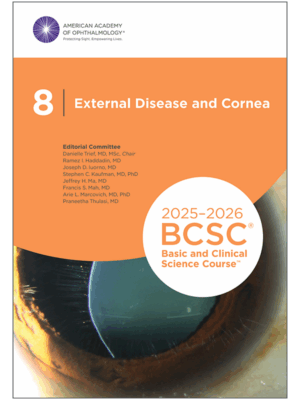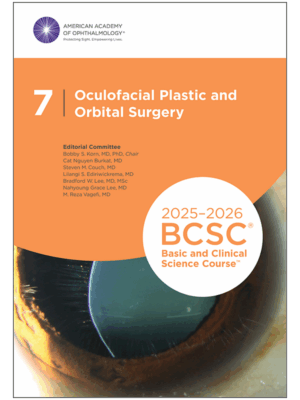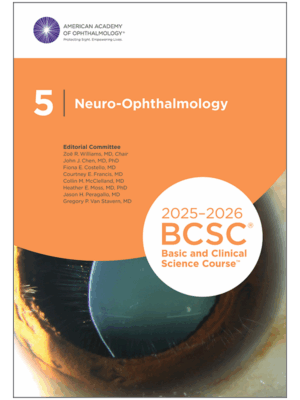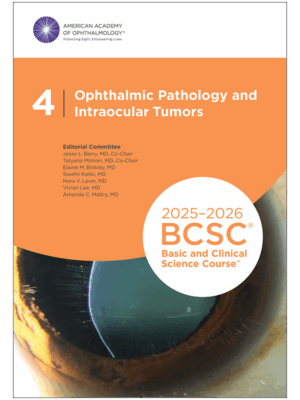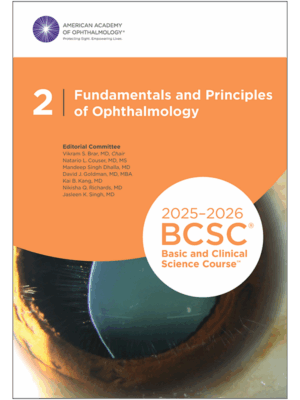No products in the cart.
Courses, Cataract & Refractive Surgery, General Ophthalmology, Ophthalmology Books, Optometry
2022-2023 Basic and Clinical Science Course, Section 11: Lens and Cataract
By American Academy of Ophthalmology
Format : Original PDF + 38 Videos
File Size : 105 MB
$10.00
The “2022-2023 Basic and Clinical Science Course, Section 11: Lens and Cataract” is a comprehensive guidebook published by the American Academy of Ophthalmology (AAO) that covers the anatomy, physiology, pathology, and management of lens and cataract disorders.
The guidebook is intended for ophthalmology residents, practicing ophthalmologists, and other eye care professionals who are interested in gaining a better understanding of the lens and cataract. It is divided into several chapters that cover topics such as lens anatomy and physiology, cataract formation and classification, preoperative evaluation, surgical techniques, and postoperative management.
The book covers the latest diagnostic and therapeutic techniques for lens and cataract disorders. It provides in-depth discussions of various surgical techniques, including phacoemulsification, extracapsular cataract extraction, and intracapsular cataract extraction. The book also includes detailed explanations of the different types of intraocular lenses (IOLs) and their advantages and limitations, as well as the management of complications that can arise during and after surgery.
Additionally, the book provides information on the latest technologies and surgical innovations in lens and cataract surgery, such as femtosecond laser-assisted cataract surgery and advanced IOL designs.
The information in the book is presented in a clear and concise manner, and is accompanied by numerous high-quality illustrations and images to enhance the reader’s understanding of the material.
Overall, the “2022-2023 Basic and Clinical Science Course, Section 11: Lens and Cataract” is an essential resource for anyone involved in the diagnosis and management of lens and cataract disorders. It serves as a valuable reference for clinical practice and continuing education in ophthalmology.

